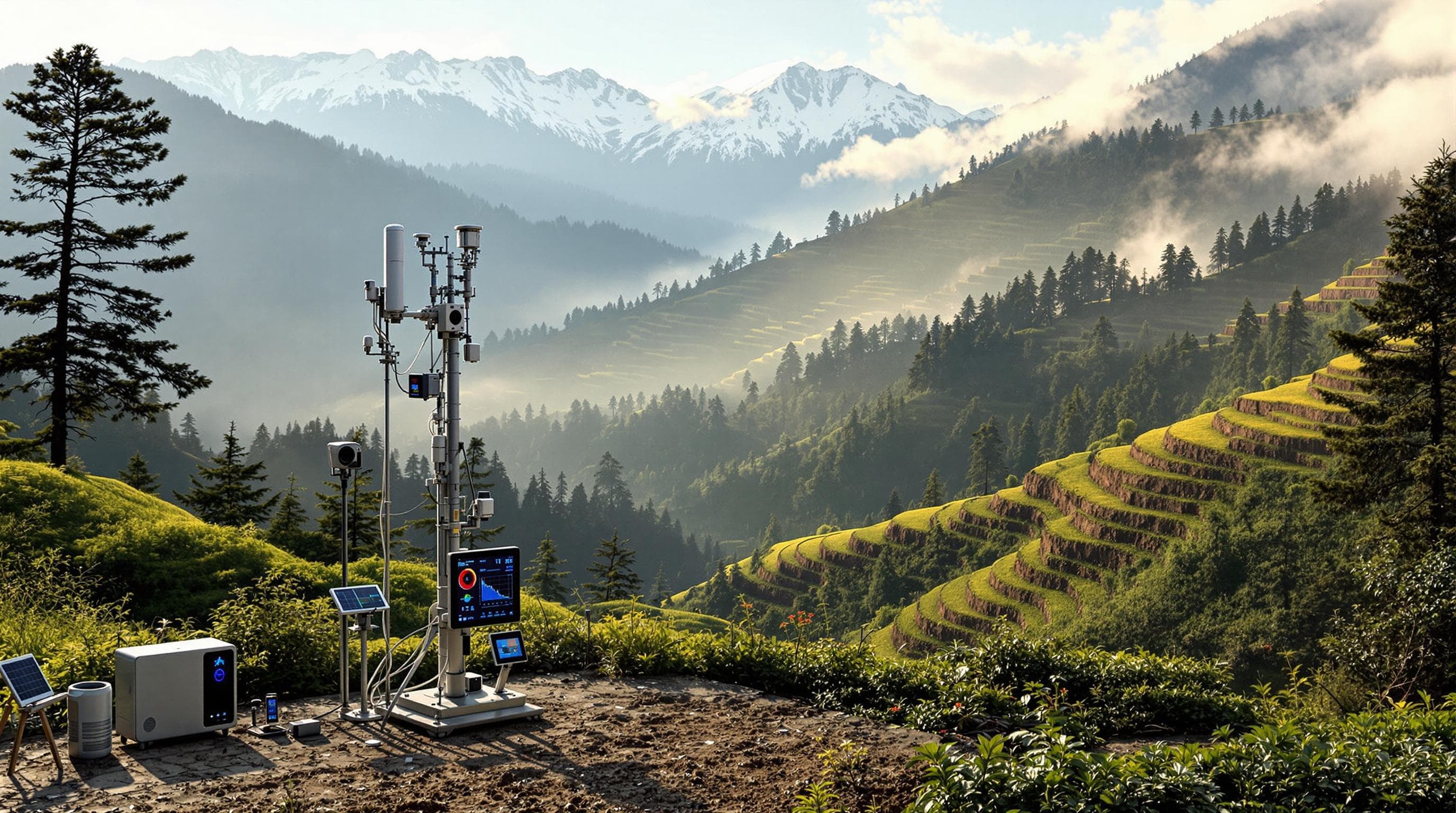
Biodiversity Assessment
Measuring Your Impact on Nature
Impact on Nature & Business
A biodiversity assessment helps organizations understand their interactions with nature—where they occur, how significant they are, and why they matter. By evaluating business impact and dependencies on biodiversity, it reveals risks, opportunities, and pathways toward a nature-positive future.
Global Impact
Identify your organization's footprint across ecosystems worldwide
Data-Driven
Evidence-based assessment providing actionable insights
Future-Ready
Prepare for emerging regulations and market expectations
What is a Nature/Biodiversity Assessment?
A nature/biodiversity assessment analyses a company's activities alongside biodiversity data to map and quantify its impact on nature. This evidence-based, adaptable approach helps identify priority areas, assess risks, and develop strategies for mitigation and positive action—benefiting both nature and business.

Why Conduct a Biodiversity Assessment?
Understanding biodiversity impact is essential for both ecological preservation and business sustainability
Ecological Importance
Biodiversity sustains ecosystems, supports life, and underpins global economies. It regulates climate, renews soil, and provides essential resources like food, medicine, and raw materials. Assessing biodiversity helps track its status, guide sustainable development, and safeguard the genetic diversity vital for agriculture and innovation—ensuring a healthier planet for future generations.
Business Value
A biodiversity assessment helps businesses align financial goals with environmental responsibility by identifying dependencies on natural resources and risks of depletion. It supports compliance with evolving environmental regulations, informs long-term sustainability strategies, enhances resilience, and builds stakeholder trust—ensuring sustainable growth in a changing world.
Steps in Our Biodiversity Assessment
Our comprehensive approach ensures thorough evaluation and actionable outcomes
Defining Objectives & Scope
We establish clear objectives and boundaries for your assessment
- Identify the purpose of the assessment (e.g., compliance, conservation, risk assessment).
- Determine spatial and temporal boundaries.
Data Collection & Baseline Assessment
Comprehensive gathering of all relevant biodiversity data
- Conduct field surveys to document flora, fauna, and habitat conditions.
- Utilize remote sensing, GIS mapping, and historical biodiversity data.
- Engage with stakeholders for local ecological knowledge.
Identifying Key Biodiversity Areas
Mapping critical habitats and ecosystem services
- Map critical habitats, endemic and endangered species, and ecosystem hotspots.
- Assess ecosystem services and biodiversity dependencies.
Assessing Impacts & Risks
Analyzing potential threats and business activities
- Evaluate current and potential threats to biodiversity (e.g., habitat loss, pollution, climate change).
- Analyze the impact of business or development activities on ecosystems.
Benchmarking & Compliance Review
Comparing findings against industry standards and regulations
- Compare findings with industry standards, legal requirements, and conservation frameworks (e.g., IUCN, CBD, BRSR).
- Identify gaps in biodiversity management strategies.
Developing Mitigation & Conservation Strategies
Creating actionable plans for positive biodiversity impact
- Recommend sustainable land-use practices and habitat restoration initiatives.
- Propose measures to minimize ecological footprint and enhance biodiversity.
Monitoring, Reporting & Adaptive Management
Ongoing assessment and improvement of biodiversity strategies
- Establish long-term monitoring programs to track biodiversity changes.
- Implement reporting frameworks for stakeholders and regulatory compliance.
- Adapt strategies based on new findings and evolving ecological conditions.
